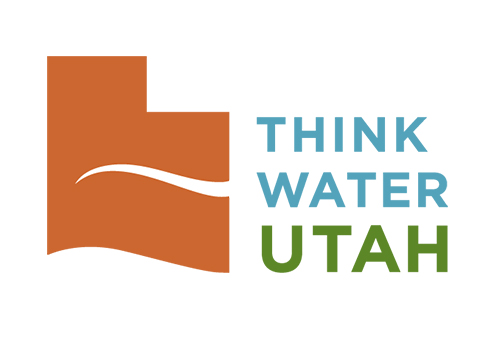UMFA in the Wild: Water and Watercolor Landscapes
The UMFA is teaming up with Utah Humanities to inspire you to think about water through a statewide collaboration called Think Water Utah. This collaboration includes two statewide traveling exhibitions from the Smithsonian called Water/Ways and H20 Today along with dozens of community exhibitions and events about water. The UMFA exhibition Confluence explores water in the Salt Lake Valley as an essential component of our daily life and is on view through December 5, 2021.
Be inspired by landscapes out your front door and consider how water made them through inspiration from the Think Water Utah exhibitions. Then try your hand at painting the landscape you see with watercolors you can make yourself. We will also learn the science behind salt and water reactions to make special effects on our paintings.
You can see the Think Water Utah exhibitions around Utah in 2021-2022. Check out the schedule here. These exhibitions dive into water—an essential component of life on our planet, environmentally, culturally, and historically. What role does water play in your life?
First let’s look at some themes from Water/Ways:
A Water Planet
Just as we are made of water, so is our world. Water covers about 71% of the Earth’s surface. There’s water in the clouds above us and there’s water hidden below the soil. The movement of moisture through our atmosphere determines our weather.
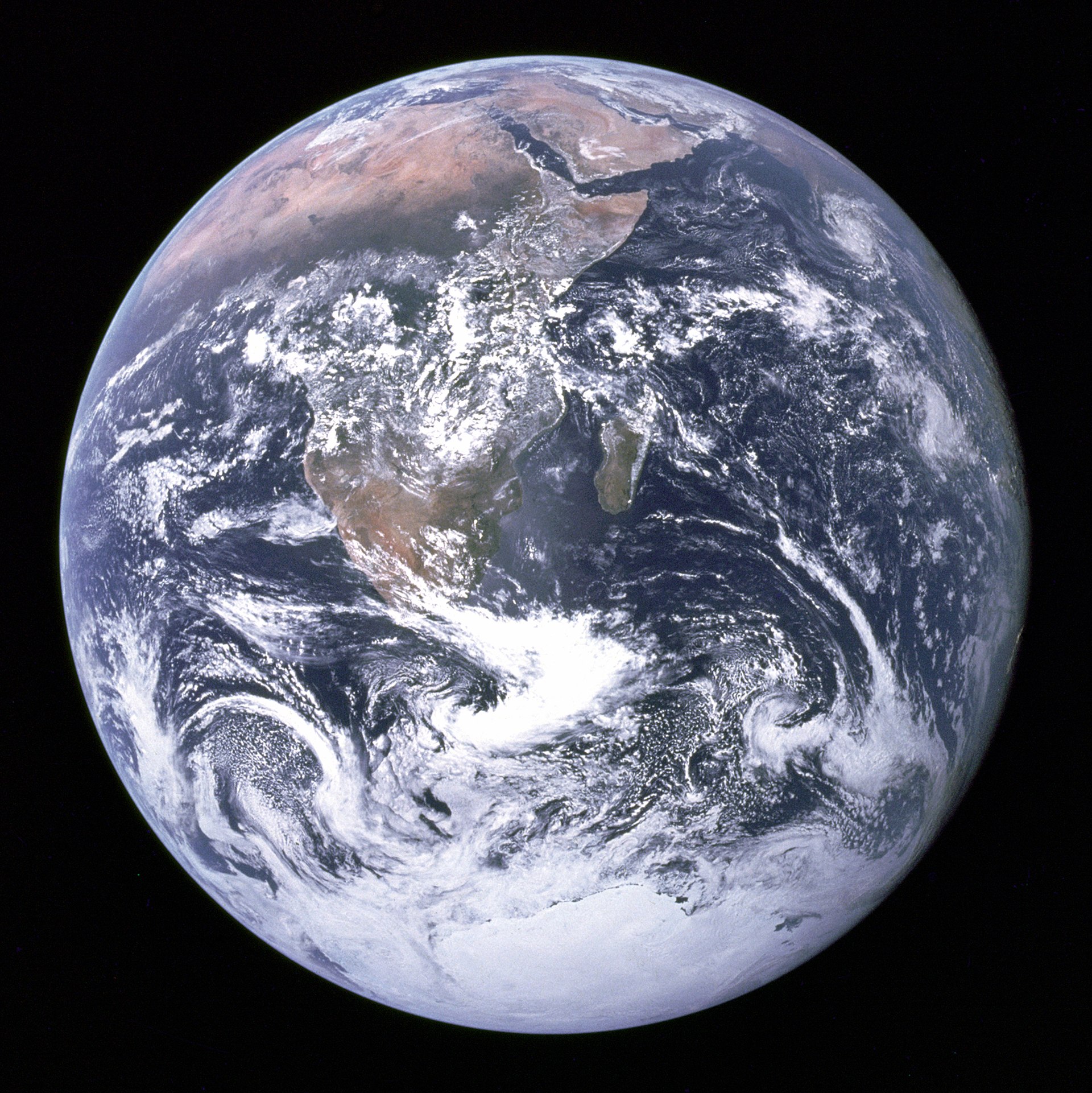
Where is our water?
Water is among the most plentiful substances on Earth’s surface. From oceans, rivers, and lakes to the rain, snow, and hail that fall each day, Earth holds a nearly unimaginable amount of liquid water: about 327 quintillion gallons.
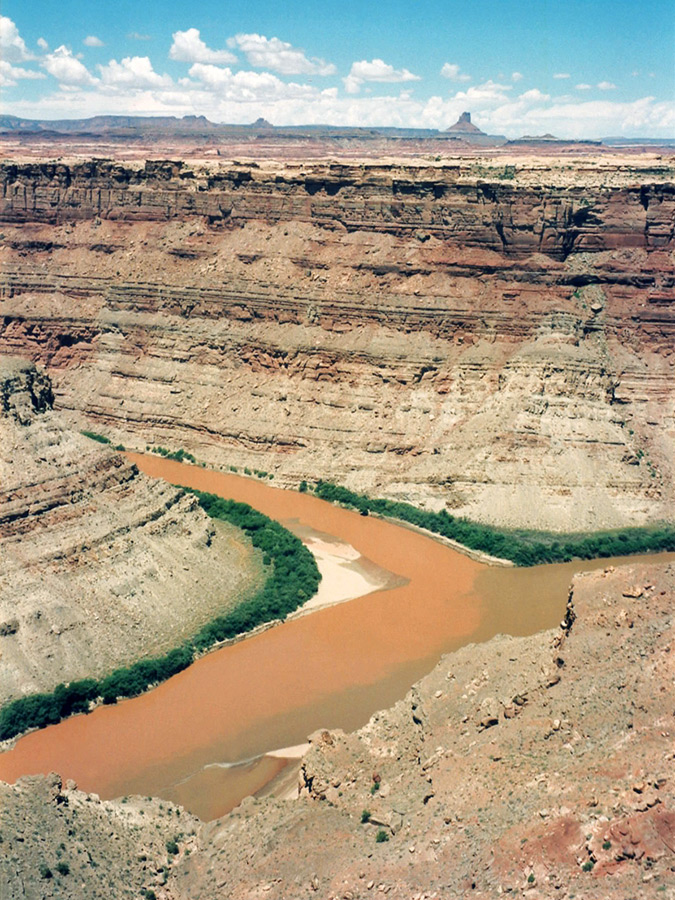
Water in Utah mostly comes from snow that melts into rivers and streams. Two of the biggest rivers in Utah are the Green River and Colorado River. This picture shows the confluence, or joining, of these two great rivers. Which river do you think is the Green and which is the Colorado (which means red in Spanish)? Water isn’t always blue, why do you think these rivers are so colorful?
Water and humanity
Water is often integral to culture. It affects how we interact with the environment around us, where we choose to live, and it is central to many festivals, prayers, and offerings. Water amazes and inspires us as artists, poets, and writers. And, we go to water to have fun! Think about how often we go to the water’s edge for recreation, rest, and relaxation.
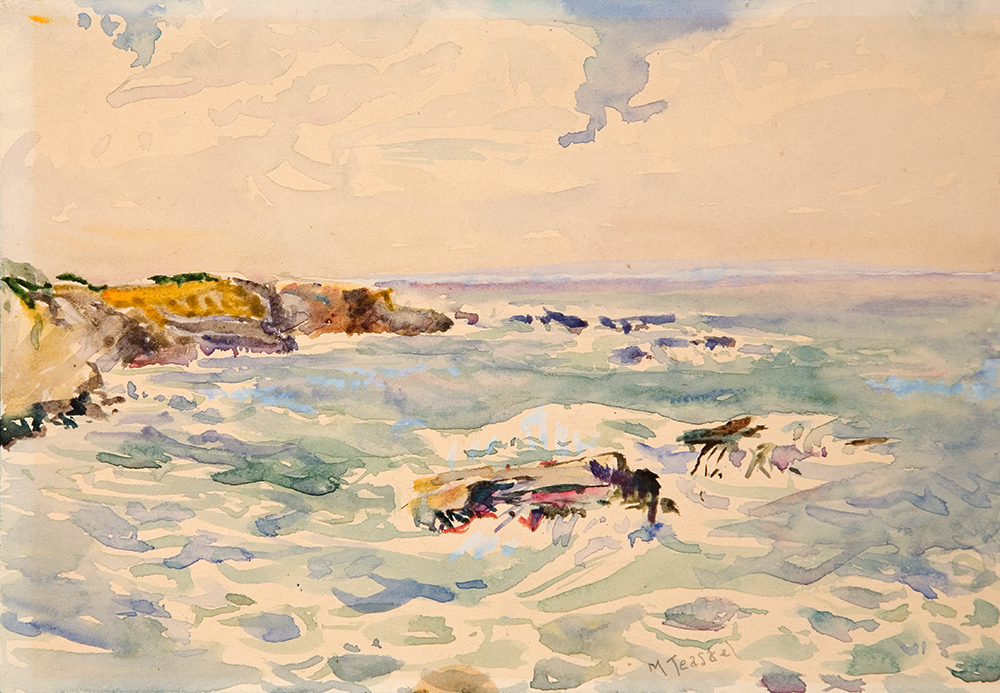
Gift of the College of Social and Behavioral Sciences, Collection of the Utah Museum of Fine Arts, UMFA1994.033.002
This watercolor painting was made by Mary Teasdel, who lived in Utah 150 years ago. She was an accomplished artist who was inspired by water in nature. Have you ever been inspired by water in the landscape? If not, now is your chance! We are going to make a watercolor landscape. The landscape you choose can be anything you see outside. Try to find where the water is in the landscape you choose. There is always water even if it is hiding in the leaves, underground, or in the sky. What colors will you use to portray your water-filled landscape?
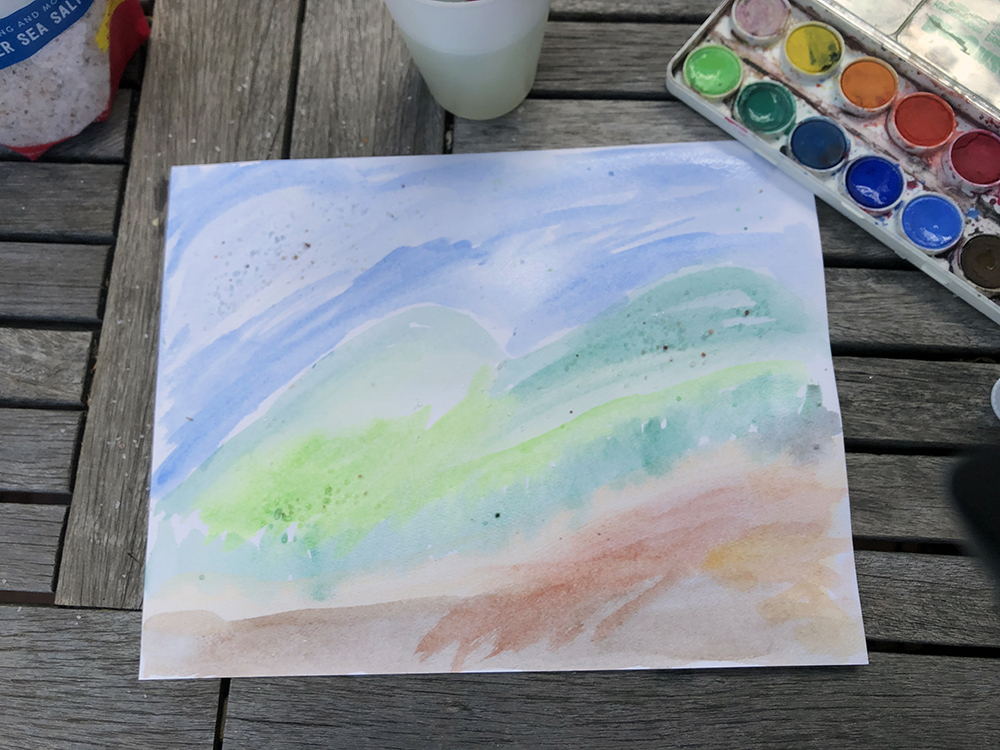
Paint a Watercolor Landscape
If you do not have watercolors or brushes at home, you can make your own from things you have around you. Scroll down to see how!
Materials:
Watercolors, brushes, and paper
Salt for a textural effect
Or
To make your own watercolor:
Hot water
Small sieve
Mortar and pestle or spoon
Small bowls or jars
Spices and plants to make pigment watercolors such as:
- Paprika
- Turmeric
- Cocoa powder
- Fresh Spinach
- Beet juice
- Red Cabbage
- Blueberries
- Ground Coffee
To make your own brushes:
Pencil or skewer
Rubber bands
Leaves from outside such as:
- Grass
- Tree leaves
- Weeds
- Herbs
Directions:

- Measure about one teaspoon of a dry spice and put into a small bowl.
- Mix the spice with ¼ cup hot water.
- Run the mixture through a small sieve or cheese cloth.
- Watercolor is ready to use, if the watercolor is very light, you can paint several layers to build up the color.

- Smash a small handful of fruit or leaves with a mortar and pestle or with the back of a spoon.
- Mix smashed paste with ¼ cut hot water.
- Run the mixture through a small sieve or cheese cloth.
- Watercolor is ready to use, if the watercolor is very light, you can paint several layers to build up the color.
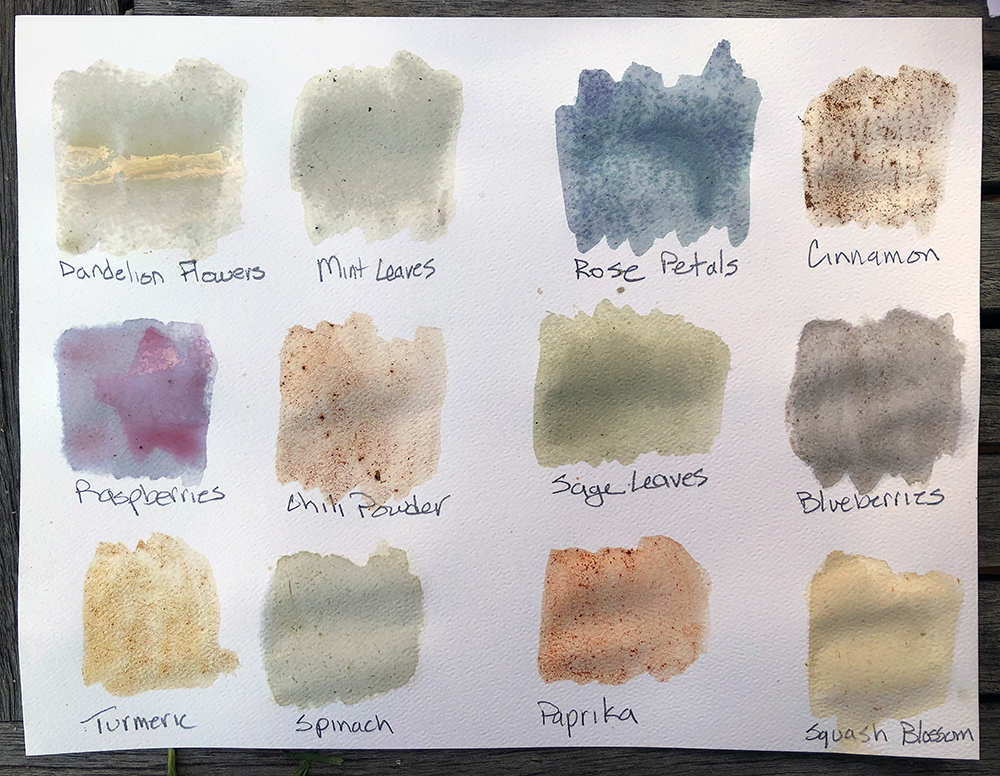

- Gather supplies to make your own brushes.
- Group a bunch of weeds, grass, or leaves around the top of the pencil or skewer.
- Secure with a rubber band.
- You are ready to use the brushes to paint.

- You can paint your scene using your homemade watercolors.
- Think about what you will put in your background, middleground, and foreground.
- If you want to give your painting a unique texture, sprinkle salt on the watercolor before it dries.
- Let it stand for a few minutes to see the effect.
What is happening with the salt?
Each granulation of salt acts as a tiny sponge, pulling the water and whatever pigment is with it, toward that salt grain. This leaves a blossom of white around the salt grain.
What did you notice the salt doing when you sprinkled it on?
What water did you paint in your landscape?
Be sure to check out the Smithsonian Water/Ways and H20 Today exhibitions at a community museum near you in 2020-2022!
Water/Ways, H20 Today, and the Confluence exhibition at the UMFA are part of Think Water Utah, a statewide collaboration and conversation on the critical topic of water presented by Utah Humanities and its partners.
